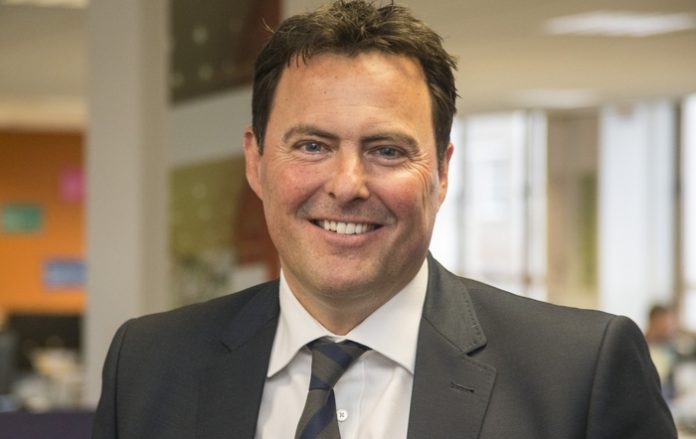Alastair Hamilton, partner at the national property, construction and infrastructure consultancy, Pick Everard, comments: “This week’s Commons vote resulted in an overwhelming majority in favour of Heathrow’s third runway following a thorough consultation period.
“The consultation highlighted a number of issues to consider – the relocation of businesses and homes, environmental impact, noise and air quality pollution, cost to the tax payer – and the four hour debate that preceded the vote also readdressed these points.
“A third runway will increase the number of take offs and landings by 54 per cent, create 100,000 new jobs and the Airports Commission has estimated that holding off expanding Heathrow would cost the economy £45 billion over the next 60 years.
“There is a strong and convincing economic case for the expansion for Heathrow. The increased capacity is essential for London to compete for long haul routes that are otherwise going elsewhere in Europe which has an impact on the UK economy and our global competitiveness. It will improve opportunities for trade with the rest of the world and will draw inward investment into the UK.
“Through the creation of new jobs it will also give the opportunity to generate new skills and a legacy through apprenticeship programmes to support future infrastructure projects.
“The huge infrastructure spend of circa £16 billion will have wider benefits to the UK construction sector that will give benefits beyond the local area. It will also give the opportunity for investment in new technologies and innovative construction techniques including offsite fabrication.
“But we must also consider the issues highlighted during the consultation period if we’re to produce a piece of work that considers communities, sustainability and potential financial implications.
“It is estimated that 800 homes will be lost as well as a considerable amount of commercial space. This is an incredibly sensitive issue and four local councils have already committed to launching a judicial review to halt proceedings. There are also concerns over the capacity of road and rail infrastructure to support the expansion, particularly the M25 and it is essential that plans to improve the rail and road links are effective to satisfy the increased demand.
“Greenpeace – backed by Mayor Sadiq Khan – has also continued to campaign against the expansion on environmental grounds, claiming that the government has not presented sufficient environmental data to justify Heathrow’s expansion. It claims that noise and air pollution as well as excess emissions will mean the UK may struggle to meet EU pollution limits.
“Transport secretary Chris Grayling was keen to defend the project and commit to ambitious environmental targets and, as advances in the renewable sector continue to improve I’m hopeful that this will be achieved. Heathrow is also investing in noise abatement and insulation measures to properties in the surrounding and effected areas which is particularly important to schools and residential buildings and this investment will need to increase.
“The government has stated that the third runway will come at no extra cost to the taxpayer and Grayling has been quoted as saying that it will be ‘entirely privately funded’. If this pledge is fully committed to then this is something that will really work in Heathrow’s favour and is a huge positive for the scheme.
“The bottom line is that both Heathrow and Gatwick are operating at well over their design capacities so addressing this is essential if we’re to continue to trade, communicate and compete in a globalised world post-Brexit.
“The plans are still due for approval and the third runway isn’t due to open until 2026 so it is clear that, during this pre-construction phase, the government will still need to convince a number of stakeholders, communities and MPs of the third runway’s necessity.
“I think that Heathrow’s expansion will certainly improve our trade links and create a Britain more prepared to compete on the global stage at a time that we most need it most. But we must consider its environmental impact, complying with the highest environment and carbon reduction standards, if the additional runway is to be completed responsibly and for the good of future generations.”






















